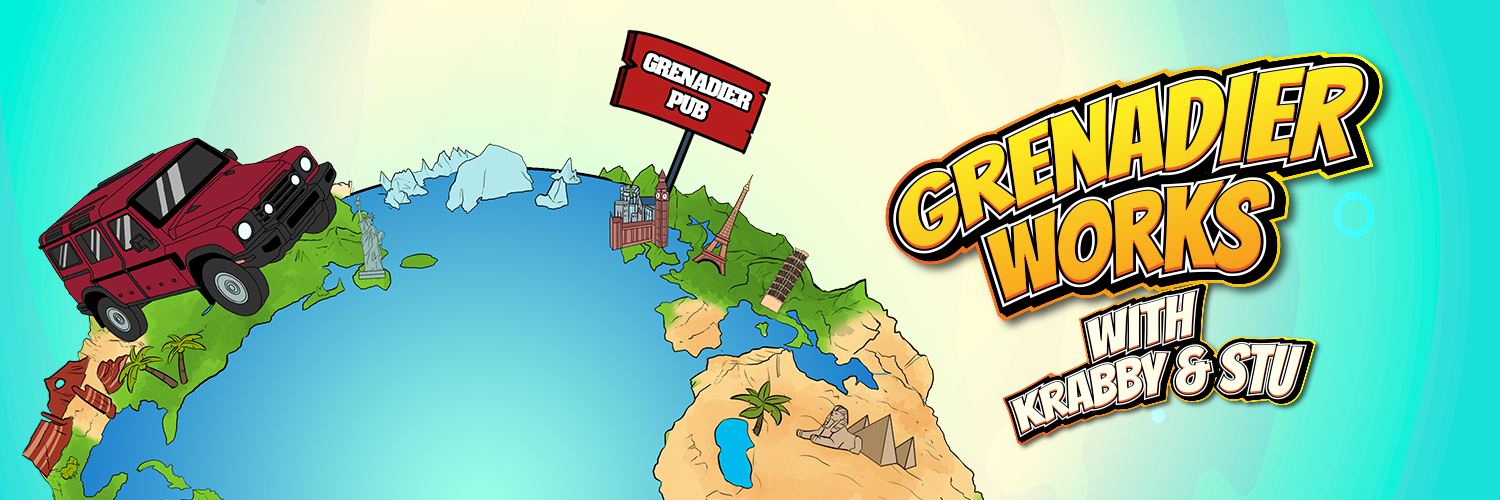No - Ineos are now saying that the front towing plate is not robust enough to use as a front mounting point for the portable winch. They will be saying from this point forward that the portable winch is only to be used on the rear tow hitch. ( In Oz at least)
Last edited:



